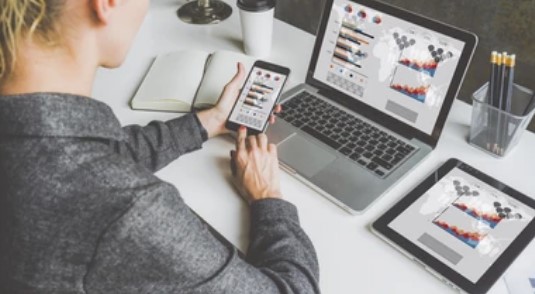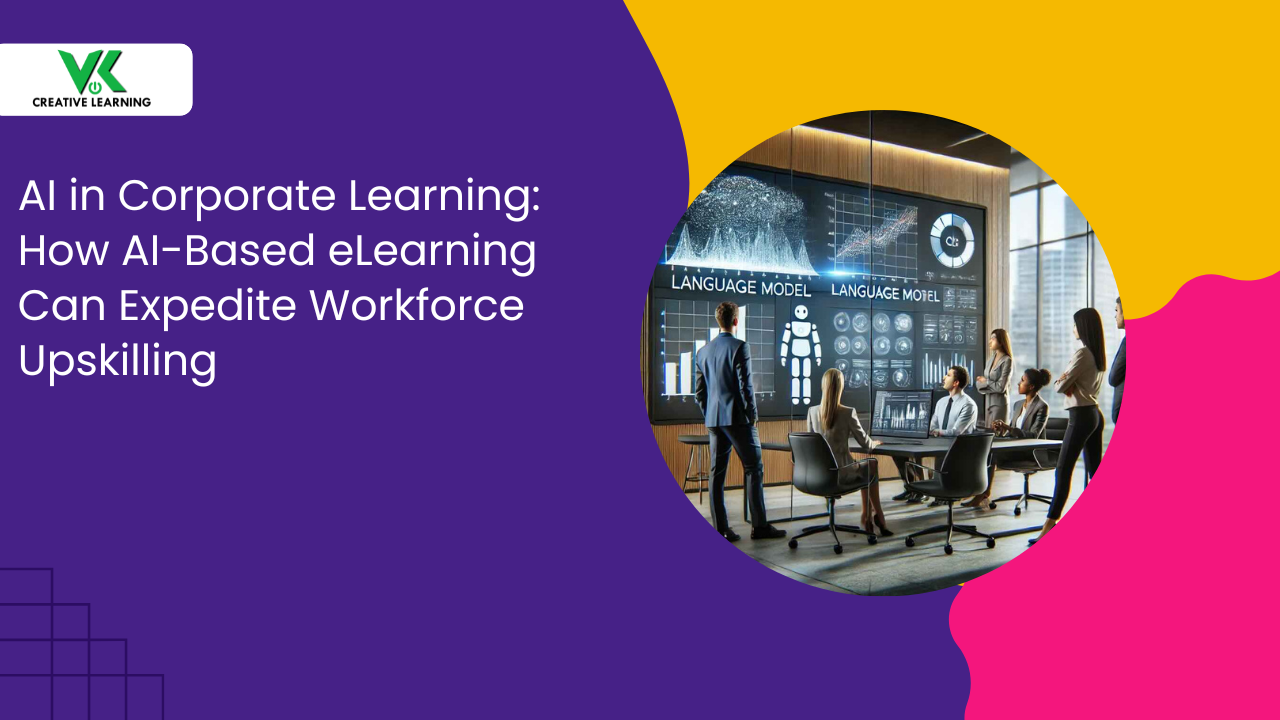mLearning and eLearning: Understanding Key Differences
June 23, 2022
In recent years, mobile devices have become increasingly important and to a certain extent - indispensable. The growth of smartphones and portable devices has brought in a number of helpful and novel apps and features. But how does mLearning vary from e-learning or are they the same?
eLearning is "electronic" by definition, while mLearning is "mobile." In this regard, the contrasts may seem obvious: eLearning is conducted online, while mobile learning takes place wherever it is possible and even when you are traveling.
But despite this understanding, there are still stark differences between the two modes of learning systems that separate them. Here are the key distinctions between electronic and mobile learning systems.
What are the key differences between mLearning and eLearning?
If learners are using desktop computers and portable devices like a laptop while taking a course, this type of learning is referred to as eLearning. If learners are using handheld devices such as mobile, and tablet devices, it is mLearning. mLearning is in a way a form of eLearning.
Major distinctions between eLearning and mLearning
The primary distinction between mobile learning and eLearning is that eLearning includes more sophisticated capabilities and assists students in learning more effectively. Mobile learning successfully delivers high-quality material to learners on handheld devices, making learning easy; especially, when the learner is on the go. Other striking distinctions are as follows:
1. Scope of mLearning course and eLearning solutions
eLearning seeks to teach specific skills or provide exhaustive, in-depth knowledge on a particular topic or sector. Through eLearning, you may learn everything from sophisticated physics to philosophy and data science.
eLearning course may be helpful for teaching students how to operate machinery, conduct lab tests, or formulate organizational regulations. eLearning employs an organized, formal, and time-restricted framework for instruction.
Mobile learning, on the other hand, comprises of bite-sized micro-lessons designed to rapidly distribute knowledge. To facilitate a continuous learning process in which students want instant access to pieces of knowledge, the learning units are compact. There are strategic educational applications of mobile technology.
2. Easy access to materials
With eLearning, learning takes place on desktop computers and laptops, thus learners are limited to their workstations. These students enjoy seamless access to audios, movies, and high-resolution photos with minimal bandwidth constraints. With mLearning solutions, learning occurs on mobile devices such as smartphones and tablets, enabling mobile learning. The issue for course designers is to develop lessons that do not demand a large amount of data download.
3. Length of lessons
A typical eLearning class that imparts in-depth knowledge lasts between 30 minutes to an hour. Conversely, mobile learning classes are often brief. Short learning units are appropriate for mLearning since employees do not have the time to study for many hours.
A typical mLearning module lasts up to 10 minutes, however, it is often shorter. Typically, video material does not exceed four minutes in length.
4. Display
With eLearning solutions, educators use desktop and portable computers to provide course content. This necessitates that course materials be tailored for big displays. Larger monitors boost productivity since more information can be shown on a single screen. Typically, bigger displays have higher quality, enabling live HD video streaming of classes. A computer's bigger screen also allows educators to use screen sharing and whiteboards.
With mLearning, information is transferred through mobile devices, which necessitates that mLearning modules be suited for tiny displays. It is not possible for mLearning modules to incorporate very extensive information, sophisticated visuals, or video that requires a great deal of data or bandwidth. With one topic per screen, prominent buttons, and straightforward navigation, information is most effectively presented in bite-sized pieces.
Types of mobile learning applications
When building a mobile learning application, it is necessary to evaluate all available alternatives. The kind of application you choose will depend on the user's demographics and the intended purpose of the course.
To educate your development team about robotic process automation, for instance, you may utilize one form of educative application. This will vary in appearance and functionality from the language-learning software that is used for ordinary circumstances or for academic purposes.
Types of mLearning apps include:
- Educational applications for students: This sort of application is great for supplementing children's education in a pleasant and engaging manner.
- Particular niche applications: These applications concentrate on a certain subject; especially, prevalent at higher education levels, such as high school, college, and graduate school. Additionally, they might be designed for professionals in a particular sector.
- Apps for classroom instruction: Occasionally, app developers must construct a mobile learning application that complements a core curriculum or in-person or online course.
- Apps for language learning: On the app market, mobile apps for language learning have shown themselves. They cater to all sorts of learners and include microlearning for making understanding easy.
- Apps for educational gaming: Interactive and enjoyable gaming applications that promote information retention. This is a wonderful resource for both youngsters and adults.
Benefits of mLearning
Given below are some benefits of mLearning over eLearning courses.
Access to information: Mobile learning puts remote learning in the hands of users. Learners access content through their mobile devices, providing them ongoing access to information, materials, and resources. It may deliver both the most effective visual learning materials and more conventional text-based stuff.
Time spent: Microlearning is a key component of mobile education. Microlearning is the most 21st-century educational strategy. Students are required to spend no more than 10 minutes on content that is readily consumable.
Effective use of microlearning: Incorporating microlearning into an app may enhance course completion rates and user engagement, as well as attract a larger learner population. According to experts, microlearning increases the efficiency of learning by 17%. The learning length of a module is normally between 3 and 10 minutes.
Access to multiple formats: M-learning courses are often created with simple interfaces and navigation in mind. Therefore, it lacks precise information and intricate visuals. Information is organized into smaller sections, with typically one primary concept per screen. Through m-learning, students have access to many forms of material, including videos, photos, and audio files.
You can contact VK Creative Learning (VKCL) specialists if you want us to develop mLearning apps or learning material. We are also pioneers in creating eLearning solutions for different industries.




